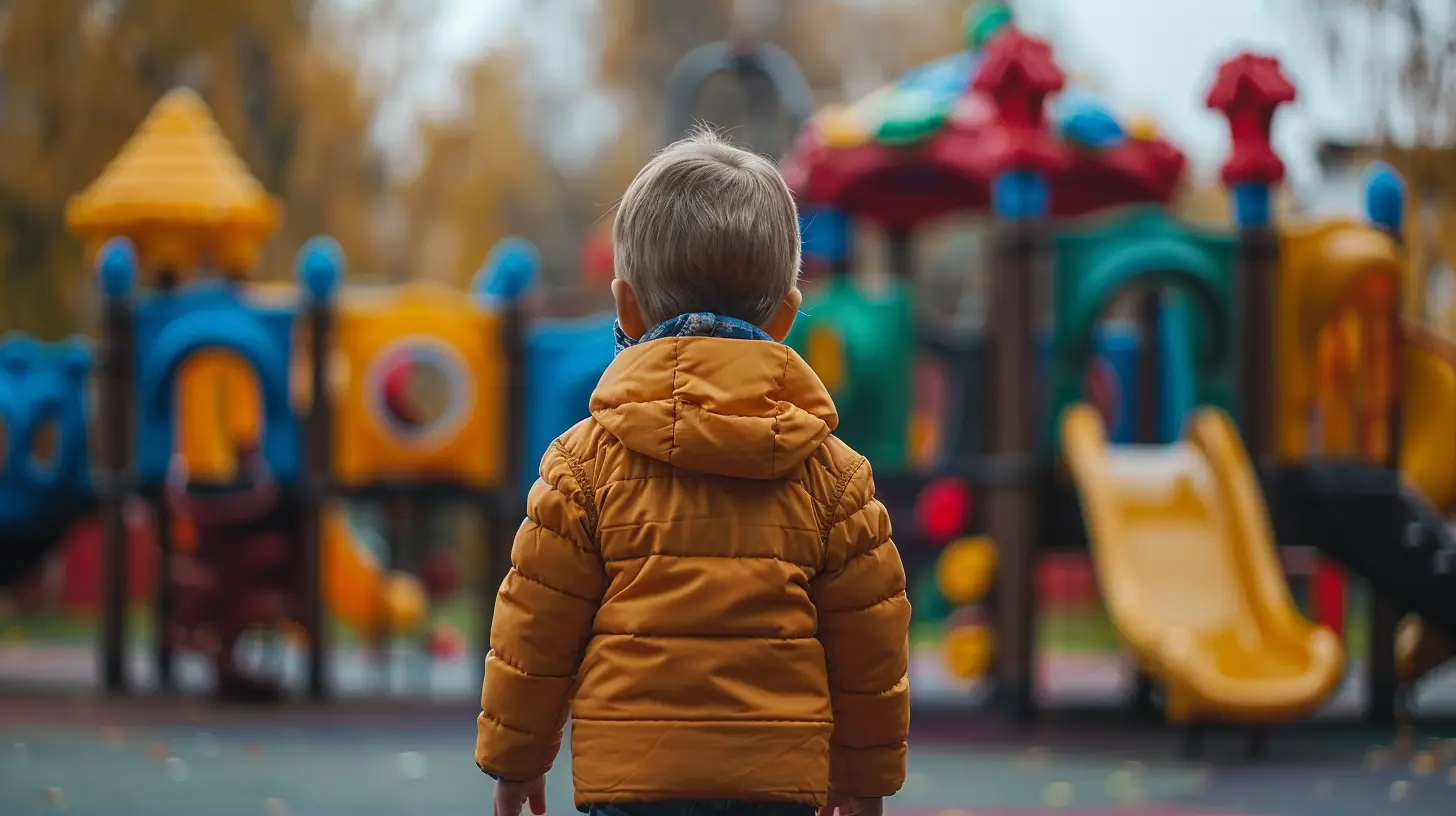21 April 2025
Playgrounds are a child’s paradise—filled with joy, adventure, and learning opportunities. However, as much fun as they are, they also come with potential risks. Scrapes, bruises, and even more serious injuries can happen in the blink of an eye. But don’t worry! With a little knowledge and some simple precautions, you can make sure your child stays safe while enjoying their playtime.
In this article, we’ll cover everything you need to know about playground safety so you can feel confident the next time your little one climbs, swings, and slides.

Why Playground Safety Matters
Children are naturally adventurous, and playgrounds are designed to encourage exploration and movement. While small bumps and bruises are part of childhood, more serious injuries—like fractures or concussions—can be avoided with proper safety measures.According to the CDC, more than 200,000 children visit emergency rooms each year due to playground-related injuries. That’s a staggering number! The good news? Most of these accidents can be prevented with some simple safety checks and supervision.
So, how do you ensure your child’s playtime remains injury-free? Let’s dive into the details!

Choosing the Right Playground
Not all playgrounds are created equal. Some are well-maintained with safe, age-appropriate equipment, while others might have hidden dangers. Before letting your child loose on the slides and monkey bars, take a few minutes to inspect the playground.1. Check for Proper Surfacing
The ground beneath the playground is just as important as the equipment itself. Falls are the most common cause of serious playground injuries, so the surface should be soft and impact-absorbing.Look for materials like:
✔ Rubber mats or poured rubber
✔ Mulch or wood chips (at least 12 inches deep)
✔ Sand or pea gravel
Avoid playgrounds with hard surfaces like concrete, asphalt, or packed dirt, as they offer little to no cushioning in case of a fall.
2. Inspect the Equipment
Before your child starts playing, do a quick visual check of the playground equipment. Keep an eye out for:❌ Rusted or broken equipment
❌ Loose bolts or screws
❌ Sharp edges or splinters
❌ Worn-out ropes or chains
If anything looks unsafe, it’s best to steer clear or report it to the appropriate authorities.
3. Look for Age-Appropriate Play Areas
Playgrounds are often designed for different age groups, and using age-appropriate equipment is essential. Most playgrounds have signs indicating which equipment suits which age group.✔ Toddlers (Ages 2-5): Smaller slides, low platforms, and soft climbing structures.
✔ Older Kids (Ages 5-12): Larger slides, climbing walls, monkey bars, and more challenging equipment.
Mixing younger children with older kids increases the risk of accidents, so always keep your child in the right play area for their age.

Teaching Kids Playground Safety Rules
Even the safest playgrounds require children to play responsibly. Teaching your kids basic safety rules can go a long way in preventing injuries.1. No Pushing or Rough Play
Children can easily lose their balance when pushed or shoved, leading to falls or injuries. Encourage your child to take turns and play gently with others.2. Use Equipment Correctly
Kids love to experiment, but playground equipment is designed to be used in specific ways. Teach your child to:✔ Use slides one at a time and feet first
✔ Hold onto bars and railings when climbing
✔ Avoid jumping off swings or high platforms
3. Watch Out for Hot Surfaces
On sunny days, metal slides, swings, or bars can become extremely hot and cause burns. Always check the temperature of the equipment before letting your child play.4. Beware of Loose Clothing or Accessories
Long scarves, necklaces, drawstrings, or even backpacks can get caught on playground equipment, leading to strangulation hazards. Dress your child in fitted clothing and avoid unnecessary accessories.
The Role of Parents: Supervision is Key
Supervision is one of the most effective ways to prevent playground injuries. While it’s tempting to sit on a nearby bench while your child plays, staying alert can make all the difference.1. Stay Close and Attentive
Being physically near your child—especially younger ones—ensures you can react quickly if they need help. If your child climbs too high or engages in risky behavior, you’ll be there to intervene before an accident happens.2. Teach by Example
Children learn by watching, so demonstrate safe behavior while using playground equipment. If they see you using the slides properly, they’re more likely to do the same!3. Encourage Communication
Let your child know they can always come to you if they feel unsafe. Encourage them to tell you if they notice broken equipment, aggressive play from other kids, or anything else that seems wrong.Recognizing Playground Hazards
Even with all the right precautions, playgrounds can still have hidden dangers. Here are some hazards to watch for:✔ Broken or worn-out swings – Look for weak chains or seats with cracks.
✔ Trip hazards – Tree roots, rocks, or uneven surfaces can cause falls.
✔ Animal waste or litter – Check the area for anything that might be unsanitary or harmful.
✔ Standing water – Puddles or wet surfaces can be slippery and lead to accidents.
What to Do If an Injury Happens
Despite our best efforts, injuries can still occur. If your child gets hurt, here’s what you should do:✔ For minor cuts and scrapes: Wash with soap and water, apply antibiotic ointment, and cover with a bandage.
✔ For bruises or sprains: Apply ice wrapped in a cloth for 15-20 minutes to reduce swelling.
✔ For head injuries: If your child falls and hits their head, watch for signs of a concussion (dizziness, vomiting, confusion). Seek medical attention if symptoms appear.
✔ For serious fractures or deep cuts: Call 911 or seek immediate medical care.
Final Thoughts
Playgrounds are an essential part of childhood, offering kids the chance to develop physical skills, interact socially, and have fun. While they come with risks, a little awareness and preparation can make a big difference in keeping your child safe.By choosing the right playground, teaching safety rules, and staying vigilant, you can ensure your child enjoys every adventure without unnecessary injuries. So next time you take them to play, you can relax knowing you’ve taken the right steps to keep them safe. Happy playing!





Ace Lynch
Safe play nurtures joy; let laughter echo freely.
April 26, 2025 at 4:41 PM